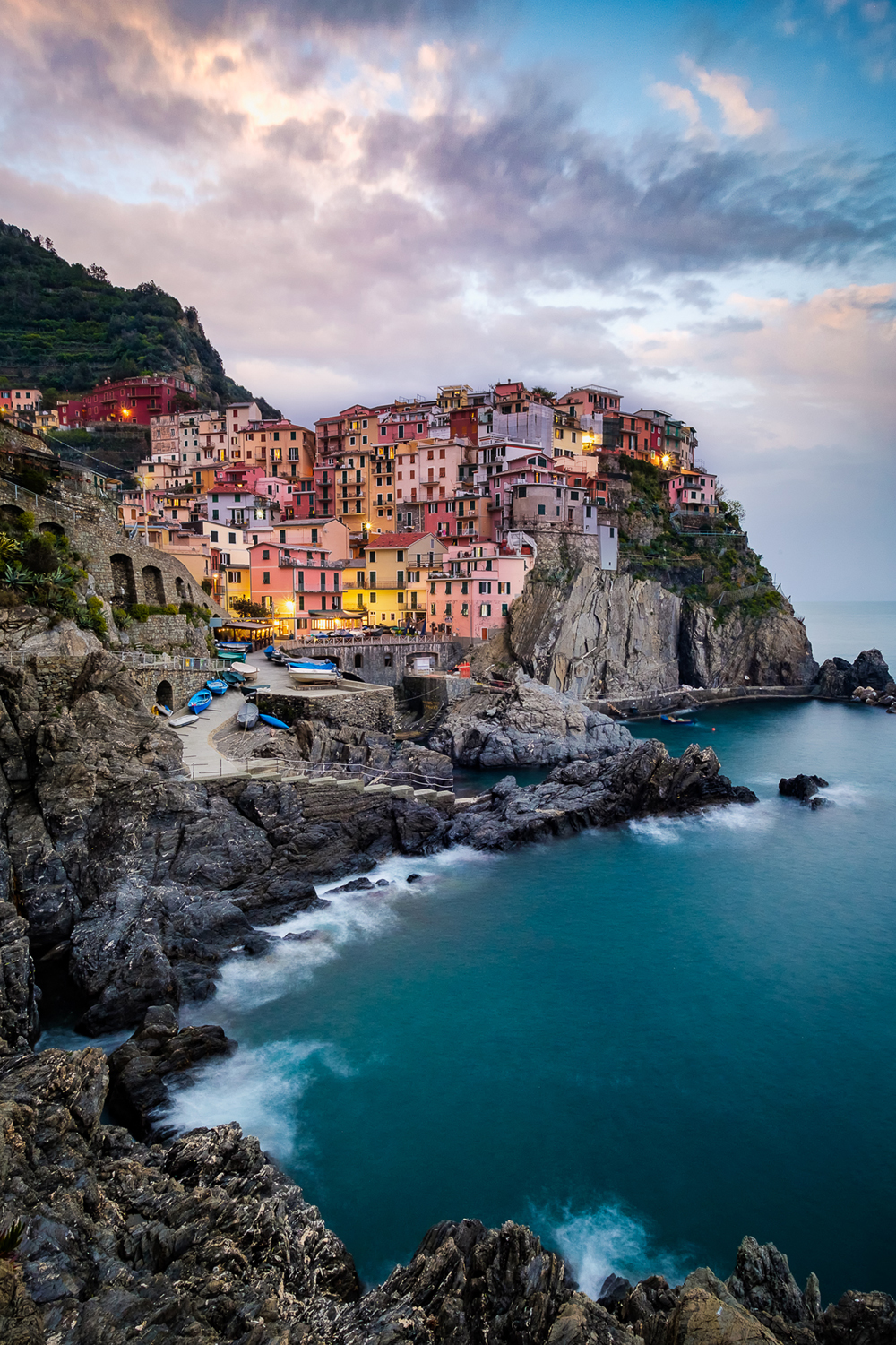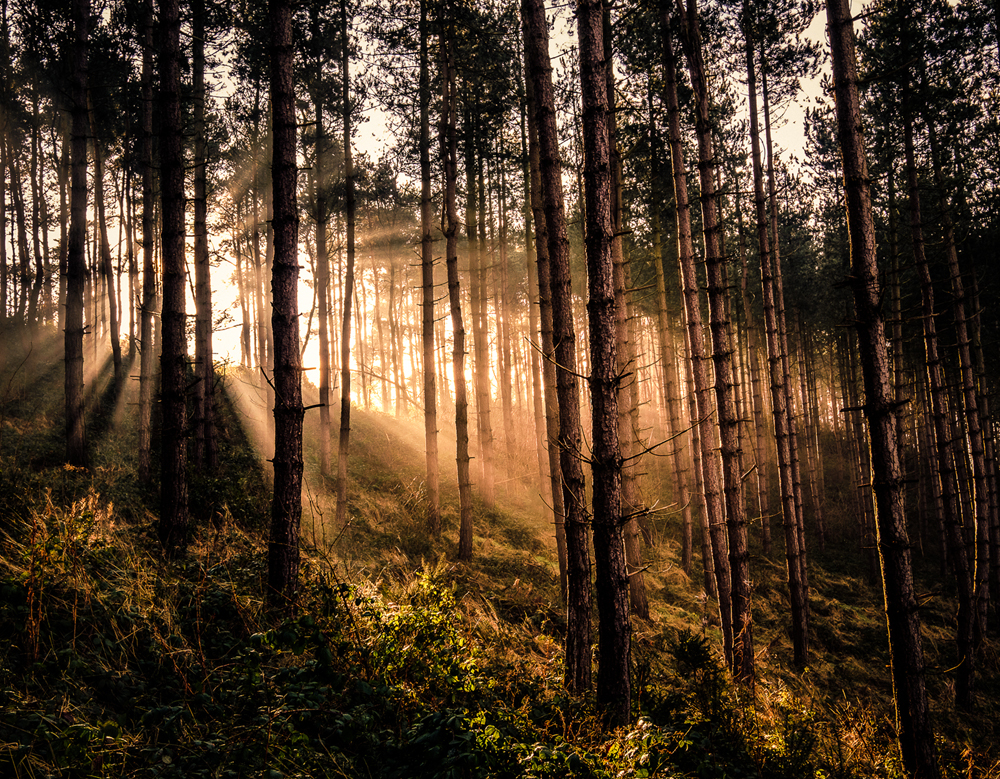For many photographers their kit is based around the “holy trinity” of zooms and I am no different.
A wide angle, standard and telephoto zoom is capable of shooting the vast majority of images and whilst there is definitely a case for some of the stunning prime lenses available from Fujifilm, the versatility of zooms makes them a firm favourite with many.
The big question is often, which lens do I buy after my standard zoom?
For Landscapers and Architectural Photographers the answer is usually an ultra-wide angle zoom. Until recently the FUJIFILM XF10-24mmF4 R OIS ultra-wide angle zoom lens was the only option, that is until the arrival of the stunning FUJIFILM XF8-16mmF2.8 R LM WR. But the relatively smaller size, lighter weight (410g), optical image stabilisation, ability to use filters easily and the lower price has meant, that for most, the XF10-24mmF4 is the solution to their wide angle dreams.

Streams
FUJIFILM X-T2 + XF10-24mmF4 R OIS – 1/5 sec. at F8, ISO 200

Birch Trees
FUJIFILM X-T1 + XF10-24mmF4 R OIS – 1/50 sec. at F11, ISO 400
As a Travel and Landscape photographer this is one of my most used lenses. The XF10-24mmF4 is equivalent to 15-36mm in full frame terms, has a constant F4 aperture, a robust metal construction and its 72mm filter thread means that it accepts all major filter brands. The only slight note of caution is that if you use the Lee Seven 5 system there will be slight vignetting up to around 12mm, though the 100mm filters work fine. The focusing and zoom are internal which means that filter thread doesn’t move during use, perfect for using polarising or Neutral Density Graduated filters. The smooth aperture ring features 1/3 stop increments, though the ring has no values marked on it. Although not weather sealed I have used it many times in inclement conditions with no problems, though care should of course be taken to protect the lens as much as possible.
The lens delivers great image quality, with vibrant colours, excellent contrast and sharp well defined lines. I mostly shoot at F11 or F8, which I find to be the optimum apertures on my copy.
When using any ultra-wide angle lens care needs to be taken with the composition. Finding some interesting foreground subject to provide a base for the image is perhaps the most important factor. Ultra-wide angle lenses can really enhance leading lines especially if you can compose with them emanating from the corners of the frame.
The auto focus is very quick, though when shooting landscapes I prefer to use manual focus with focus peaking set to red highlights. However, in truth with ultra wide angle lenses and smaller apertures focusing isn’t too much of a problem as, at 10mm and F11, focusing at 18”, everything from 9” to infinity is acceptably sharp.
Although I use a tripod most of the time the excellent Optical Image Stabilisation in the lens means that you can hand hold at slow shutter speeds in situations where using a tripod is not allowed or you simply don’t have one with you.
Top Tips for using the XF10-24mmF4 R OIS
• Compose with care. The key with landscapes is to find some foreground interest. Foreground objects will look much bigger when shot close up on an ultra wide lens so use this technique to fill the frame and create impact.
• Watch out for distortion from converging verticals, try and keep the camera level in both axis. Sometimes this is not possible so my workaround is to shoot slightly wider then correct the convergence in post processing.
• The flipside is to use the distorted perspective to your advantage creating images full of impact.
• Try different perspectives. A low perspective can bring a more dynamic feel to the image. The flip out screen on your camera really helps to fine tune the composition.
• Move closer : our eyes have a focal length of around 43mm so when we use an ultra wide angle lens distant objects seem further away and smaller in the frame so if you can move closer to fill the frame it will help.
• Take care when using Polarising filters. Because of the extreme wide angle of view blue skies can get polarised differently across the frame creating dark spots, which can be difficult to correct in post. The best advice is not to use these filters at the shorter focal lengths.
• This lens is great for environmental portraits, though take care not to get too close to their face, they won’t thank you for the distortion!
• Avoid using the lens for shooting Panorama’s at the shorter focal lengths due to the distortion. You are better to shoot vertically at the longer focal lengths.
• When shooting into the sun remove filters and keep the front element spotlessly clean to avoid lens flare.
So, if you are looking to add some depth and drama to your images or to simply capture more of a scene then this excellent ultra-wide angle lens is highly recommended.



















































